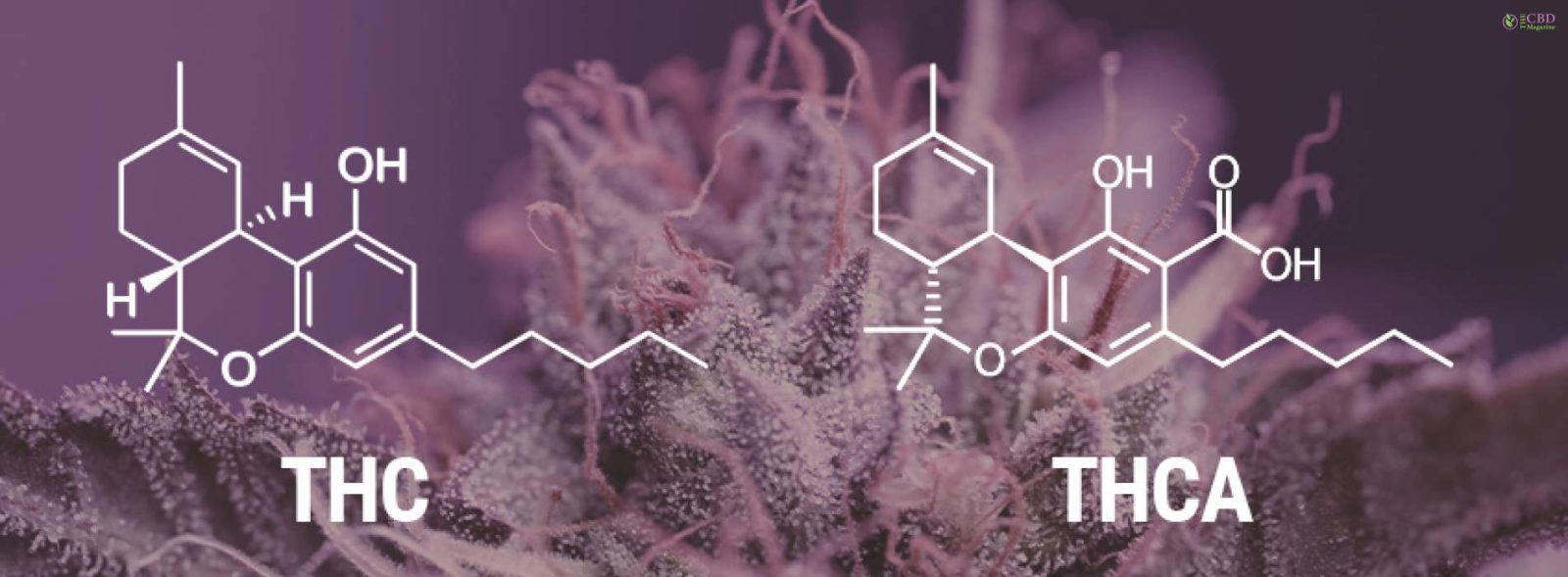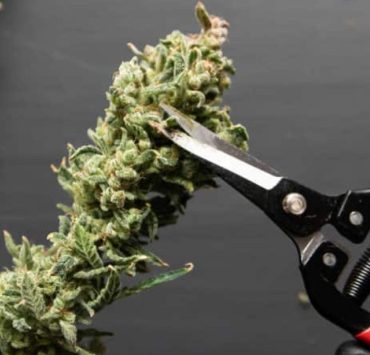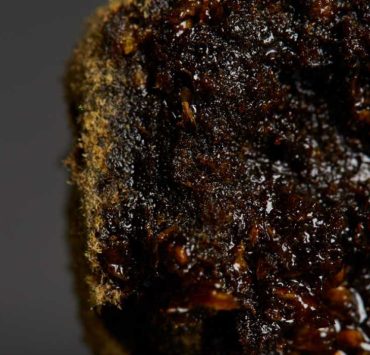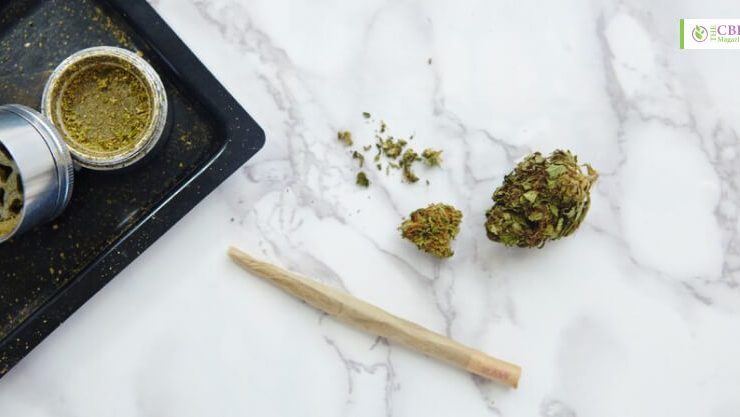There are people like you and me, who are well-known about cannabinoids. And the psychoactive compound which makes us high is THC or delta-9-tetrahydrocannabinol. It is the main psychotropic compound, and for this, we love weed. But there is another compound that most people do not aware of is THCa or tetrahydrocannabinolic acid. This is more of a live and raw cannabis, and it is not psychotropic. I think now you have a basic understanding of THC vs THCa.
When it comes to the activities of these two compounds, then there are no huge differences that you will find. The only difference that you will find is the additional carboxyl group in THCa that THC doesn’t have in it. So, let’s start with the topic.
THC vs THCa

Our endocannabinoid system’s CB1 and CB2 receptors do not respond well to THCa. So, it has a three-dimensional form and bigger size, which prohibit CB1 receptors fitting, it is not psychoactive. Additionally, it is believed that THCa and there are other cannabinoids in acid form may function to inhibit COX-1 and COX-2 enzymes, potentially reducing pain and inflammation. Both of these enzymes generate prostaglandins, which support heat, discomfort, and inflammation.
When THCa comes with the reaction with heat, it converts straight into THC. And this process is called decarboxylation. Other than this, there are a couple of other ways to derive THC from THCa. Here are the processes.
- Oven Decarboxylation
- Vaping and smoking through heat exposure
- Exposure through room temperature
- Exposure through sunlight
Benefits Of THCa

Here are the benefits that you can get from THCs.
- There are anti-inflammatory characteristics to treat conditions like fibromyalgia, lupus, and arthritis.
- There is a huge impact when it comes to the treatment of neurodegenerative disorders like ALS, Parkinson’s disease, and Alzheimer’s disease using neuroprotective properties.
- There are anti-emetic qualities to alleviate nausea, vomiting, and loss of appetite.
- Prostate cancer treatment with anti-proliferative characteristics.
- Stopping muscle spasms using an anti-spasmodic.
- THCs are great for helping to sleep.
- Analgesic for pain relief Stimulant for appetite.
- It mitigates the negative effects of free radicals.
Benefits Of THC

Other than we get high, there are a couple of actual benefits that we can get.
- By lowering the urge to use substances like heroin, opioids, and alcohol, addiction treatment options are available. It makes finishing an opioid treatment program more likely.
- Increased Metabolic Output may reduce Body Max Index (BMI), diabetes rates, and obesity caused by nutrition.
- Vasodilation, which could lessen glaucoma-related discomfort and ocular pressure
- Anxiolytic by boosting levels of anandamide, a natural brain chemical that regulates anxiety and a number of other bodily processes.
Raw Cannabis

Compared to decarboxylated cannabis, raw cannabis functions very differently. The body fat, called adipose tissue, is where the cannabis acids are kept. For full saturation, 4 to 8 weeks are needed. The entire therapeutic benefits become apparent once all of the cannabis acids have been completely absorbed by the fat. As there is no psychoactivity involved, patients can increase their daily intake of cannabis by juicing leaves and buds.
THCa Research Studies

Little study has been conducted on THCa compared to THC, which has been the topic of numerous clinical human trials.
A preclinical study from June 2012 that was published in the journal Phytomedicine demonstrated the potential for THCa to aid in preventing the onset of neuroprotective disorders in the brain.
In 2013, A study employing cell cultures and animal models showed that THCa might stop prostate cancer cells from spreading.
According to research published in July 2017 by the Institute of Plant Sciences, Department of Gastroenterology and Hepatology, and Sackler College of Medicine in Israel, THCa may be more effective than CBD at reducing inflammation when treating IBD, Crohn’s disease, and ulcerative colitis.
Lab Testing Methods
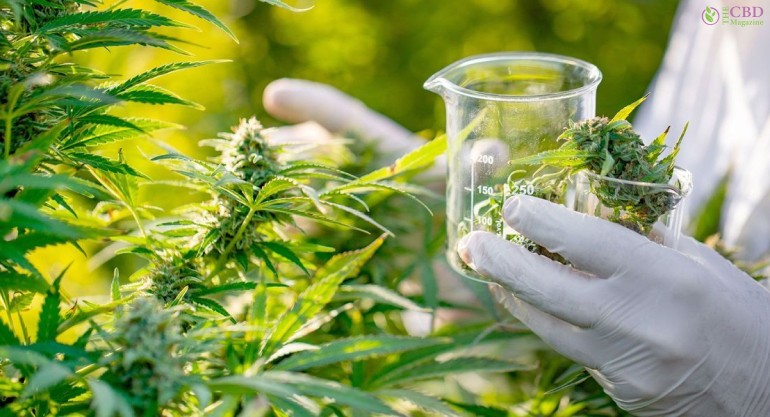
Are the THC and THCa package labels on your medical cannabis products confusing you? I will try to explain how the ratios of THCa and THC were calculated.
You are aware, I’m sure, that medicinal cannabis products must undergo stringent testing for a variety of reasons. Among them is figuring out how potent the various cannabinoids in your products are.
There are mainly two types of processes that can help test the potency.
- The first process is called gas chromatography or GC. In this process, the THCs are converted into a gaseous mixture. And at that time, it is at a high temperature. After that, they run through different filters to measure different levels of cannabinoids.
But there are some drawbacks.
- A portion of the THCa decarboxylates when heat is introduced.
- It’s possible that the final test results understate the true THC potency.
- There is only the THC level available, not the THCa level.
- Useless for edibles since understanding the distinction between orally active THCa and active THC is crucial.
- THCa is only 70% converted to THC.
- Provides THCa and THC testing without the loss that results from decarboxylation.
- Provides distinct values for THC and THCa.
- The second process is liquid chromatography which occurs at room temperature. And it is a better one than the last one. Ever wonder how labs are able to assess the THCa and THC strength of your strains? In order to estimate the amount of THCa that will be converted to THC in a specific strain, a general mathematical formula has been developed.
THCa Percentage

When attempting to assess potency by looking at the THCa percentage, it’s simple to become confused. Reading labels and lab reports can be challenging because the cannabis business hasn’t yet decided on a single standardized way to provide testing data to customers.
Testing for potency can be done using either liquid chromatography (LC) or gas chromatography, which are two separate techniques. (GC). Without getting too scientific, we’ll just say that the same cannabis sample will yield a different potency value using each of these methods. The main difference between the two processes is that the GC method uses high temperatures to decarboxylate the majority of the THCa, whilst the LC approach does not require high temperatures. Therefore, the THCa and THC concentration readings will vary between the two.
Our Verdict
So, what’s the difference between THC and THCa? I hope now you have a clear idea about that. FLUENT can assist you in finding CBD-only cannabis strains or high-THC cannabis strains. You can be sure that our dispensaries will have everything you need because we have products of the highest quality and knowledgeable staff.
When you visit a FLUENT dispensary close to you, you can look through our entire selection of products and get the most out of your cannabis journey!
Thank You.
Read Also:






